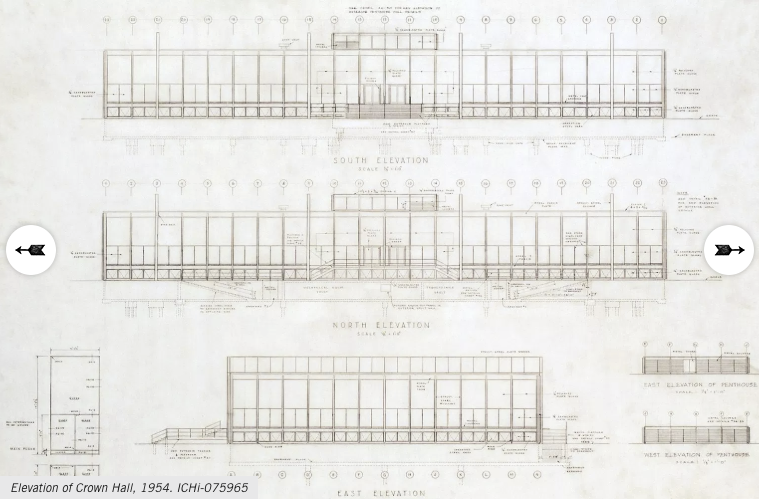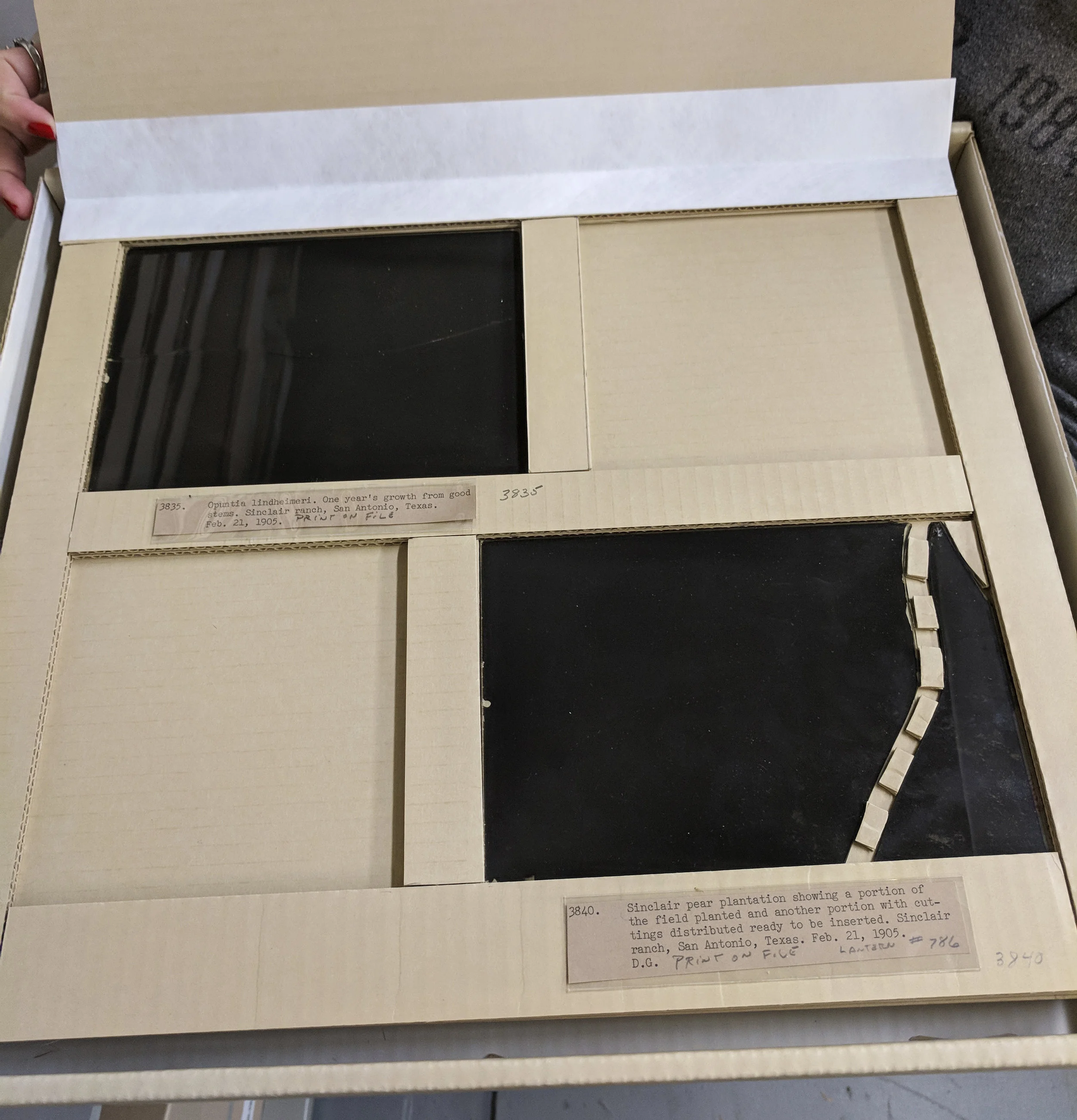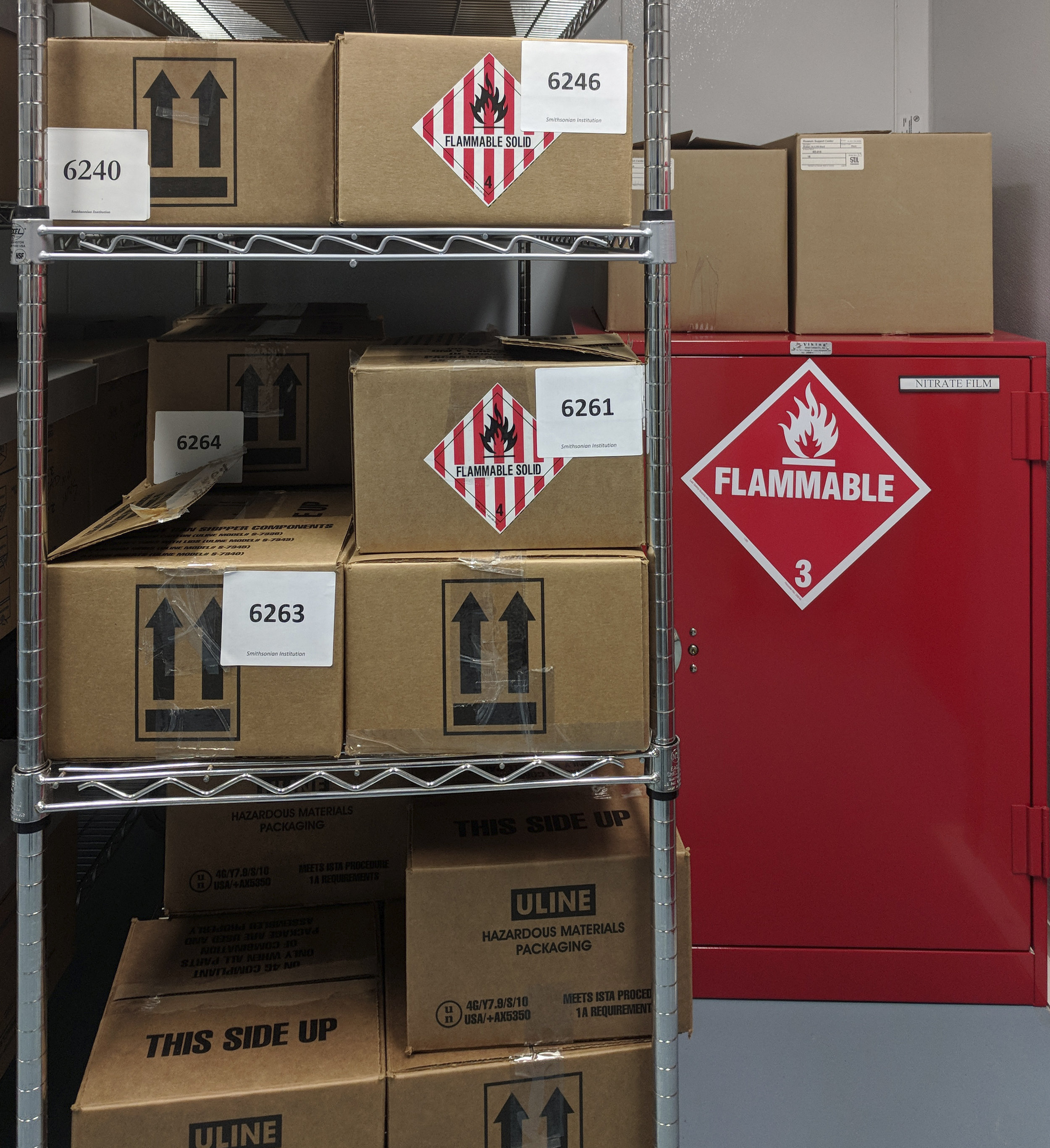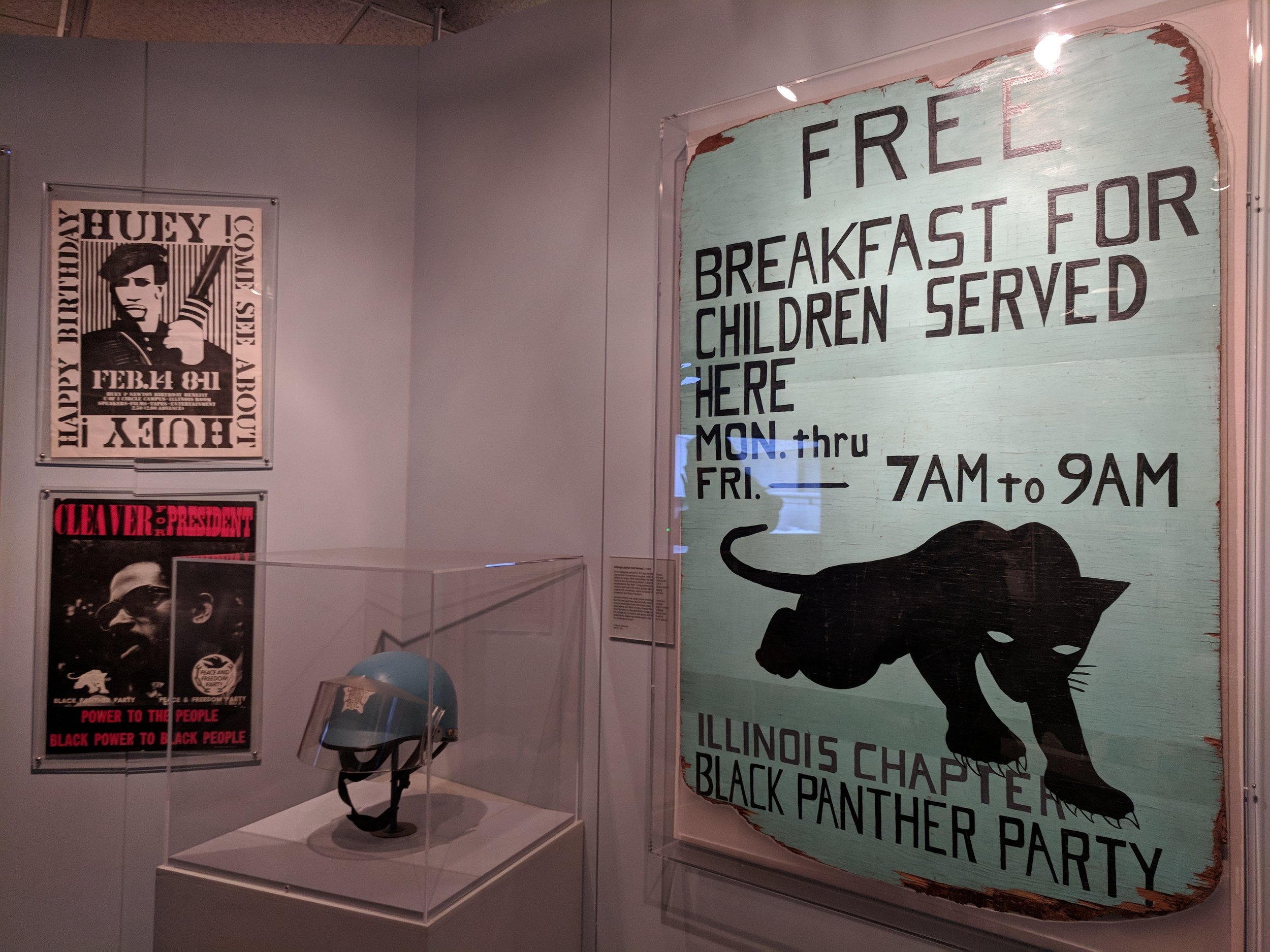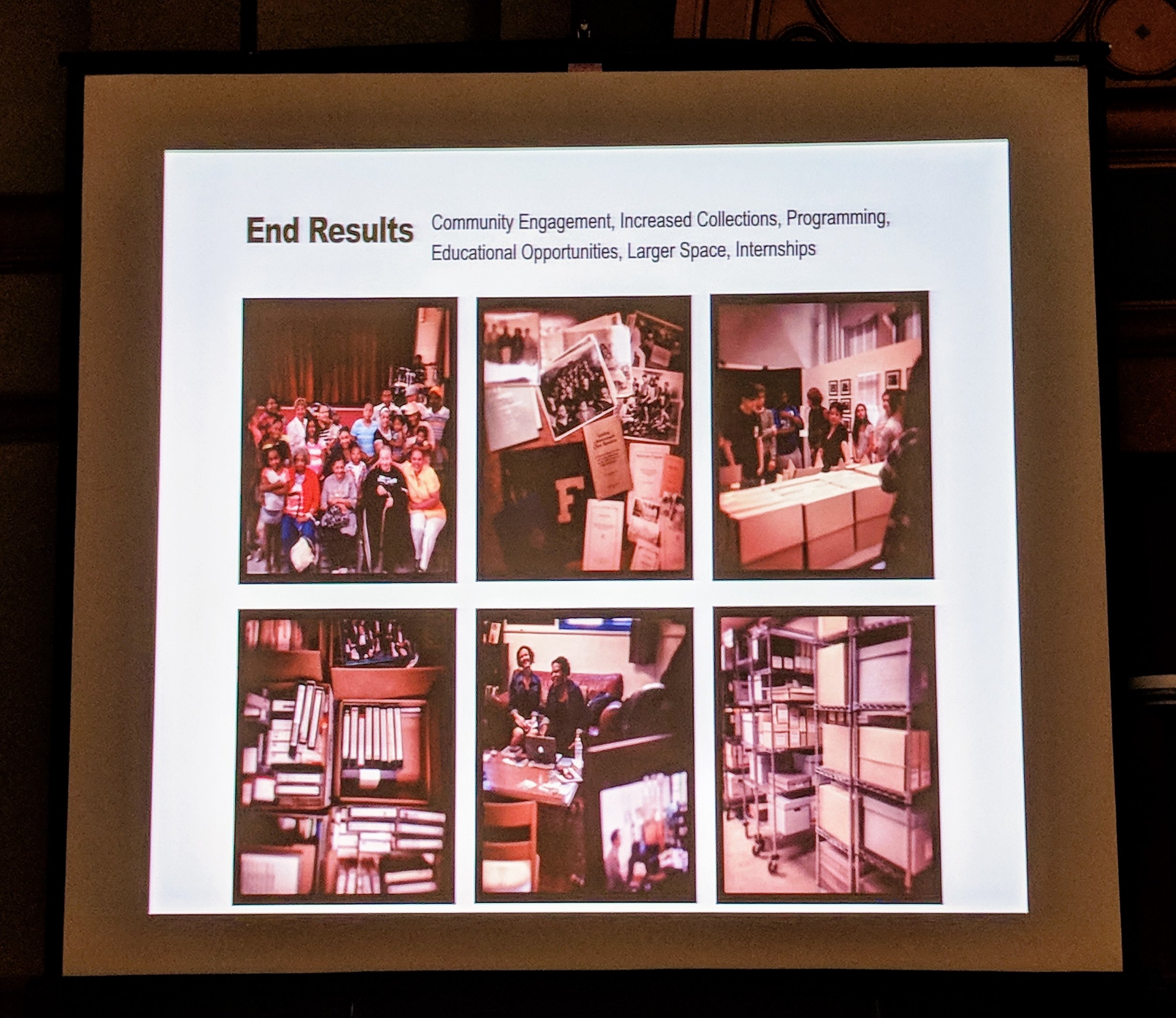The Art Institute of Chicago (AIC) hosted a symposium on time-based media in April, and I had the chance to attend the all-day event. There were quite a few other attendees from the museum, and folks traveled from across the country to attend as well. Backgrounds varied from curators to collection managers and conservators to exhibitions and audio-video crew. I think this range added considerably to the discussions, as different individuals were able to provide unique perspectives on the issues at hand.
The morning session was dedicated to digital projection and media players. An introductory session looked at the various ways to consider video display, especially as it relates to artists’ intent and available technology at the time time-based artworks were made. Nam June Paik’s works that are reliant on CRT monitors is a good example, as are early LCD pieces from the 1980s. The ways in which a piece may be altered by viewing it on newer display technologies can dramatically alter both the aesthetics and meaning. Next, there were two demos on display technology. The first looked at projectors, types of projector technology, helpful settings, and the impact of screen material on display. The second showed the Bright Sign player tool and its variants. The last session of the morning provided a birds-eye view of time-based media presentation. The presenter provided practical advice: always perform site surveys to understand the space, vet equipment prior to exhibitions, document choices and cable routing.
The afternoon focused on audio issues in gallery settings. There was a session that introduced audio generally. The presenter helped to outline objectives to consider in relation to the exhibition of audio: building a system, understanding space and equipment limitations, acoustics, the nature of the audio (mono, stereo, synched), and the sustainability of the system. Next, two representatives from AIC talked about a temporary exhibition that was installed at the museum at the time - Gregg Bordowitz: I wanna be well. Historical background was provided in order to understand unique factors in displaying his work, especially as it related to his relationship with institutions like museums. Given the fact that the artist is living, museum staff were able to collaborate with him in order to find compromises, meet his artistic goals, and meet the museum’s goals. There was therefore no right or wrong way to approach the display of his time-based work, rather they worked as a team to find appropriate presentation solutions. As it related to sound more specifically, Bordowitz stressed the need for good sound, distinct experiences between the pieces, and comfortable seating for extended viewing. Prior installations used tools like headphones to enable listening, which would not be feasible in a high-traffic exhibition like this one. Instead, exhibition crew worked to create distinct listening and viewing zones in the galleries, utilizing a range of acoustic and diffusion materials to control the sound. They also worked with Bordowitz to de-noise and normalize his audio to improve the visitor experience. The exhibition was a true collaboration, which necessitated the expertise of a range of individuals in the institution, as well as involvement from the artist himself.
The symposium also included some background information about the time-based media initiative at AIC and the Midwest Media Art Consortium. In 2012, the museum started an initiative to address time-based media challenges and opportunities, and work has been ongoing since then. Effectively, this group formed because there were needs that were not being addressed by existing policies and protocols. A variety of staff have been involved over the years, which is helpful since a multitude of perspectives is needed. The museum is fortunate to have a time-based media conservation fellow since 2017, who has been gathering information about these type of collections materials within the institution. She has worked to understand existing workflows around accessioning, storing, and exhibiting a range of formats, including both analog and digital pieces. She was instrumental in organizing the symposium, and she hosts regular meetings with staff to discuss various topics that relate to time-based media. Part of this work has also extended beyond AIC to include neighboring institutions through the Midwest Media Art Consortium. There is much that still needs to be addressed and resolved, but it is encouraging to see so many folks coming together to talk about these issues. And AIC has made notable strides due in large part to the fellow’s work.
I am not be directly involved in the direct life-cycle of these collections (and loan) pieces at the museum. I am glad I attended the symposium, because our department is often tasked with documenting these installations via still photography. It was incredibly useful understanding the impact of even what may seem like the smallest detail in the display of these works, and I hope we can translate better some of these ideas through our documentation. I am also interested in the role of technologies in museum collections, especially as it relates to both physical and digital preservation. Without efforts to document and preserve core components of time-based media, much will be lost to time.





